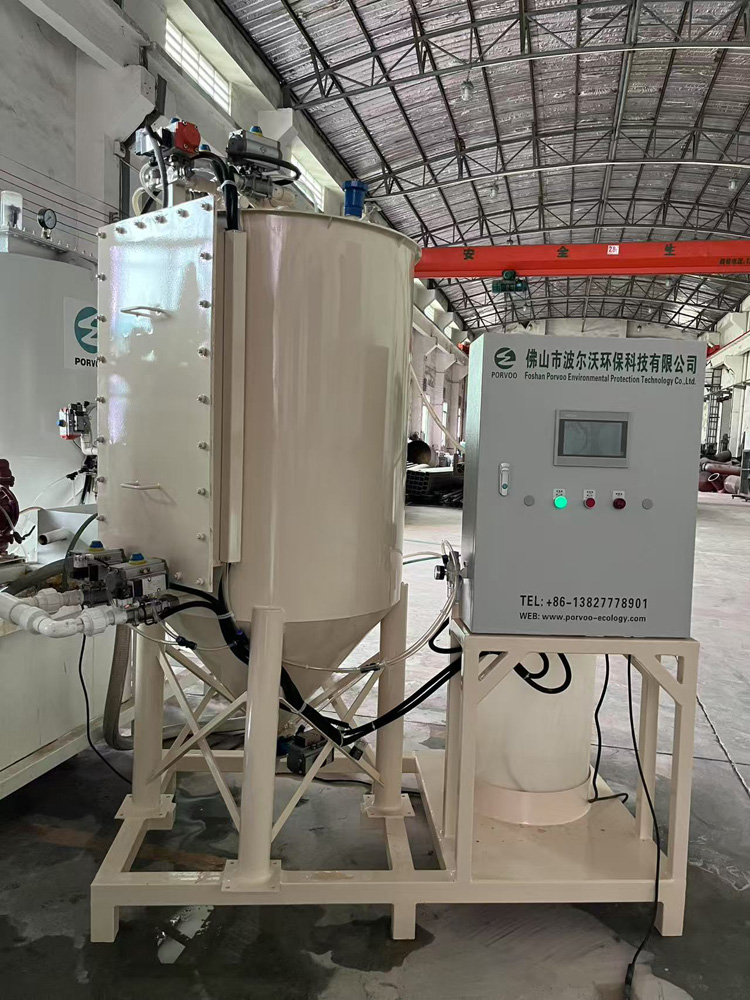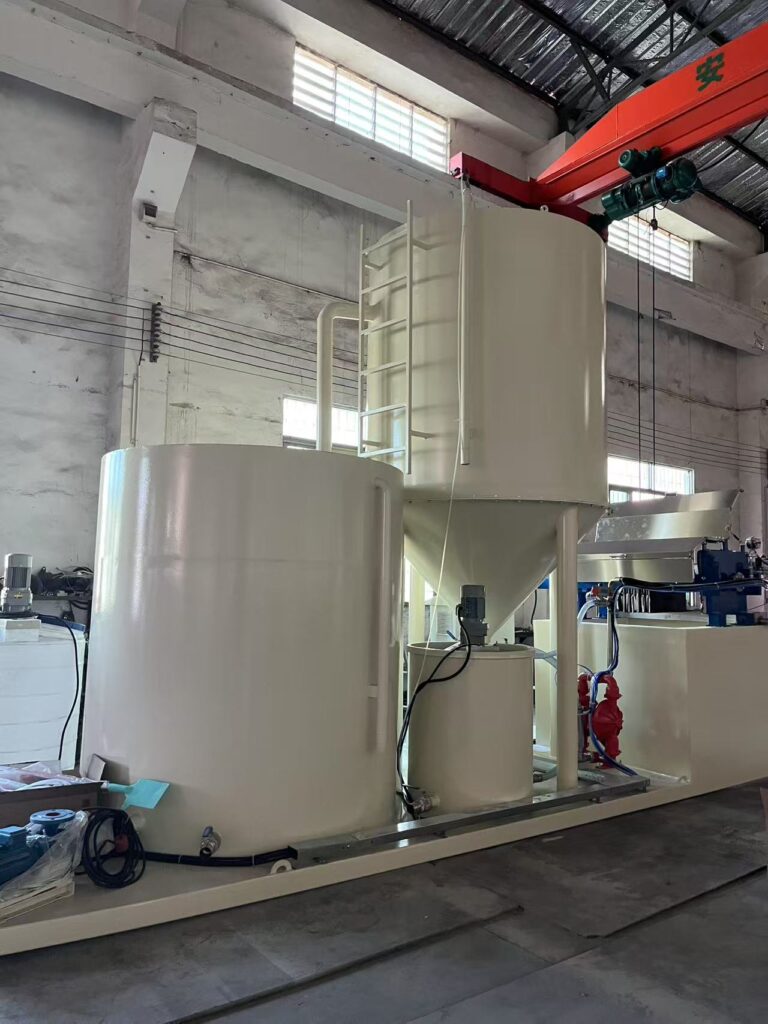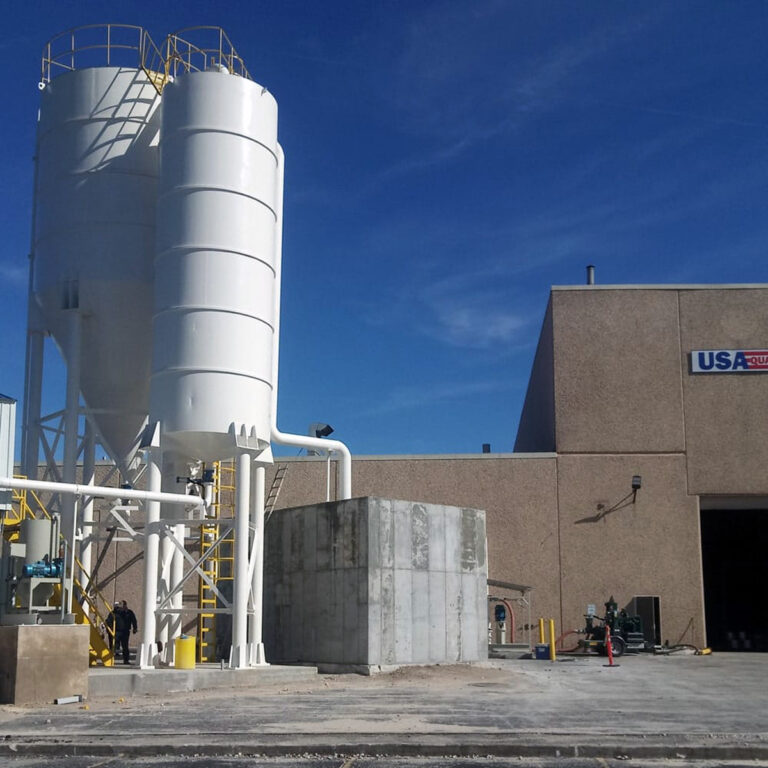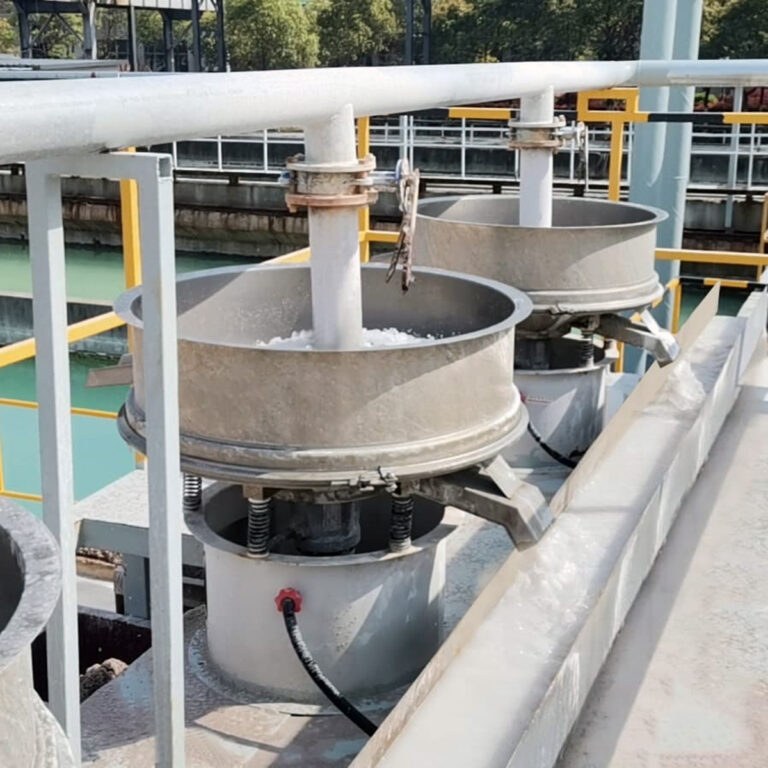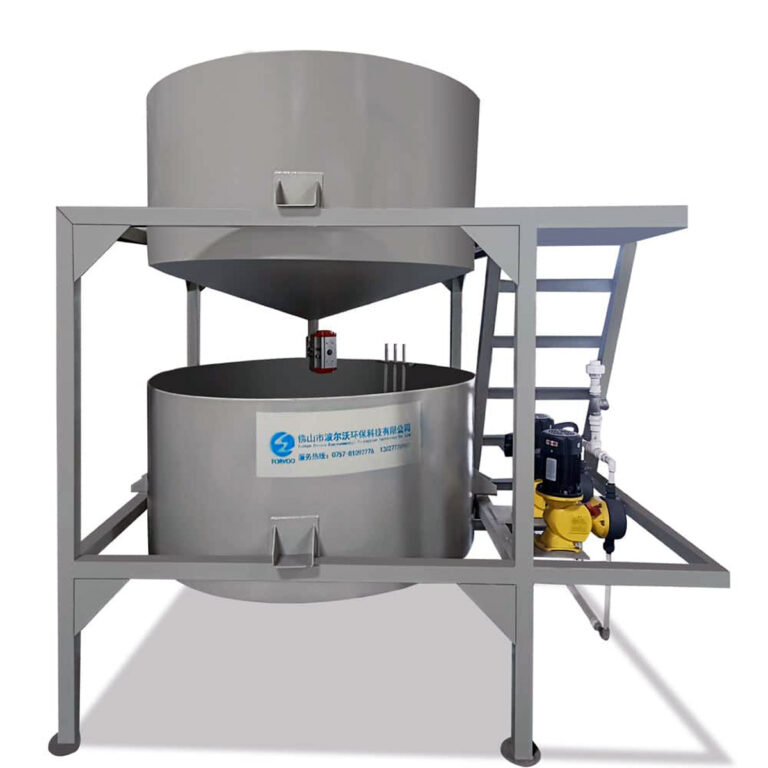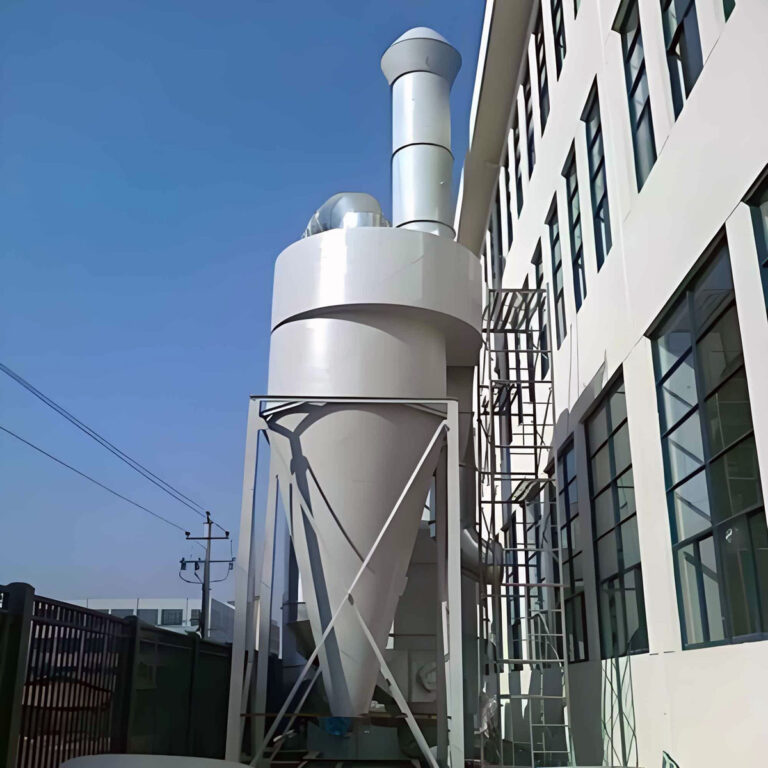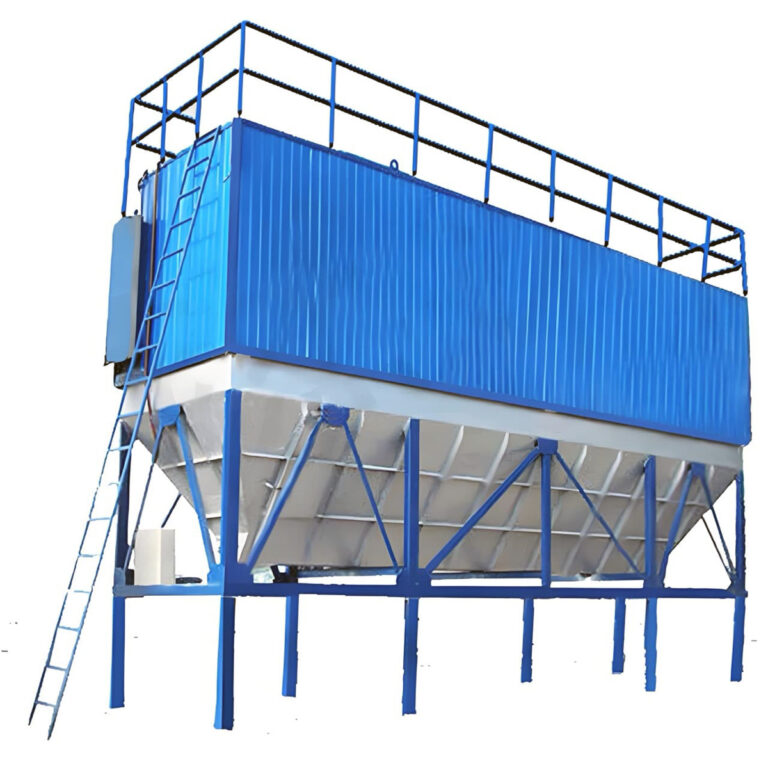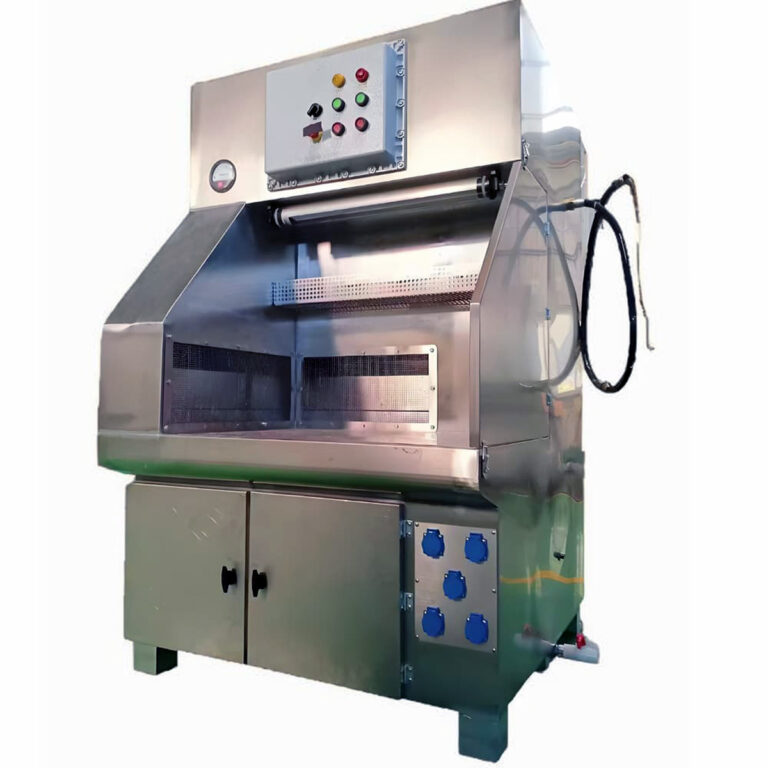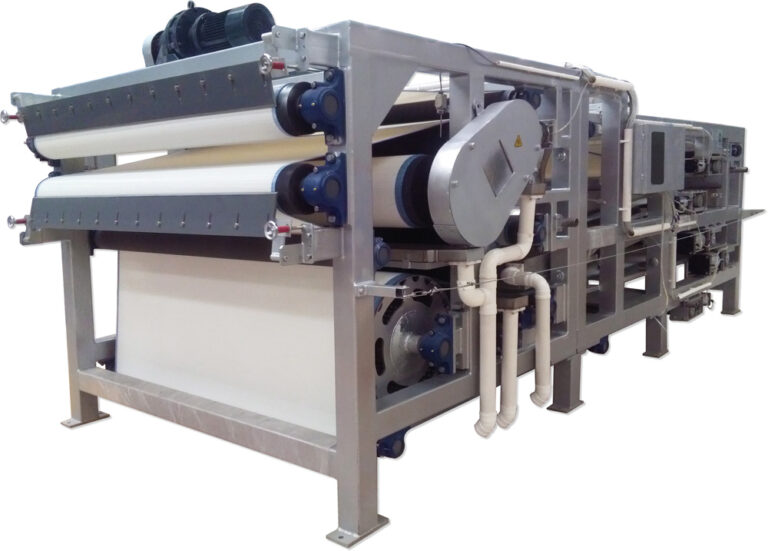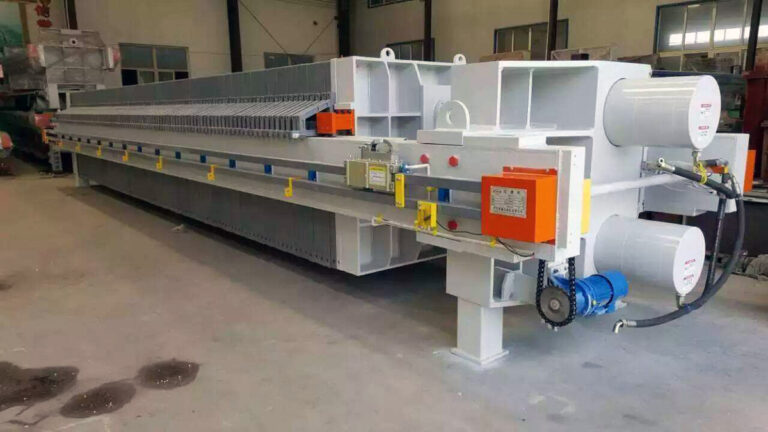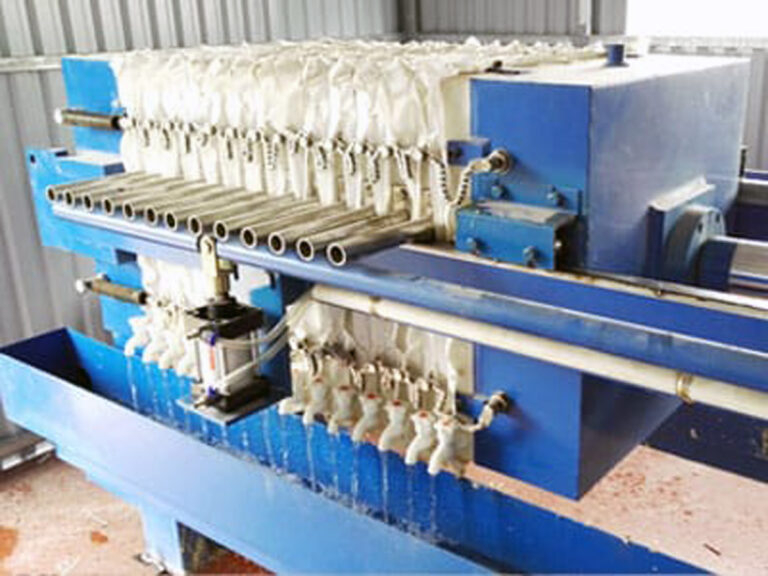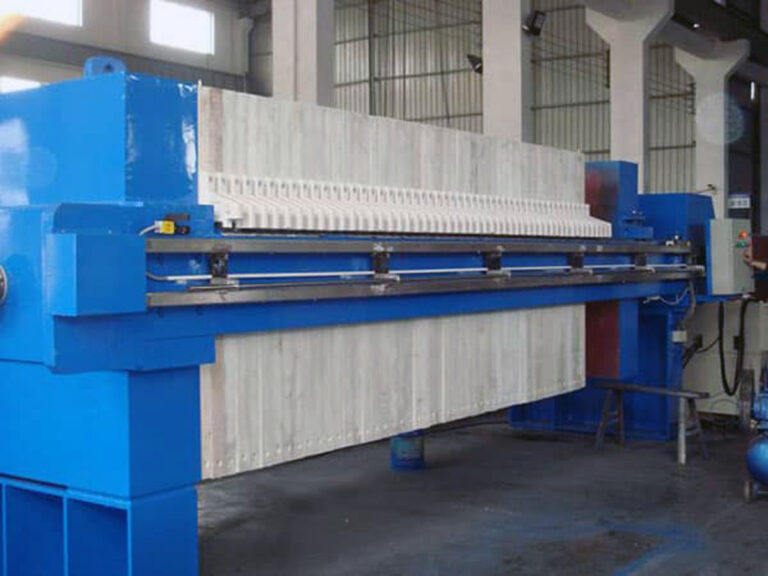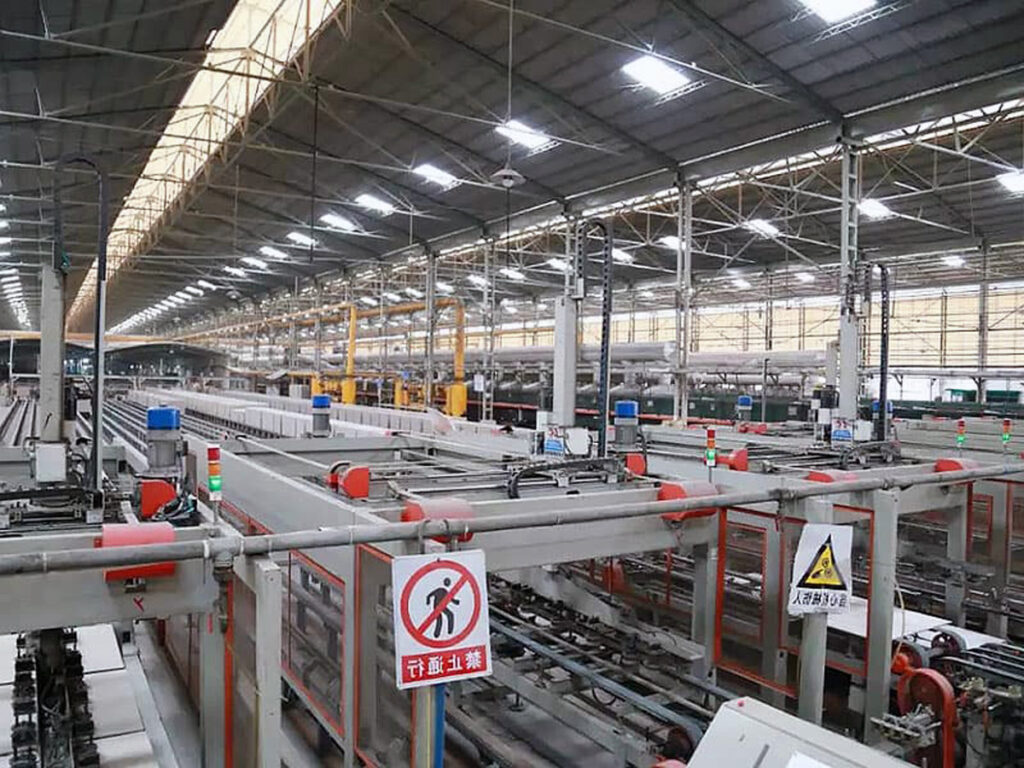In the ceramic tile manufacturing industry, tile factory water treatment represents one of the most critical operational challenges facing producers today. You’re likely dealing with substantial volumes of contaminated process water, rising disposal costs, and increasingly stringent environmental regulations that demand immediate attention and strategic solutions.
The consequences of inadequate water treatment extend far beyond regulatory compliance issues. Manufacturers without proper tile manufacturing wastewater systems face escalating operational costs, with water disposal expenses reaching up to 15% of total production costs according to recent industry data. Additionally, untreated discharge can result in hefty environmental fines averaging $50,000-$200,000 per violation, while limiting production capacity and damaging your facility’s reputation within the community.
This comprehensive guide will provide you with detailed insights into modern tile factory wastewater solutions, proven treatment technologies, and strategic implementation approaches that leading manufacturers use to achieve 85-95% water recovery rates while ensuring full environmental compliance.
What is Tile Factory Water Treatment and Why is it Essential?
Tile factory water treatment encompasses the comprehensive management and processing of all water streams generated during ceramic tile production, from raw material preparation through final product finishing. PORVOO specializes in these complex industrial applications where multiple contamination sources require integrated treatment approaches.
Understanding Ceramic Tile Manufacturing Water Systems
Ceramic tile water treatment systems must address diverse contamination sources throughout the production cycle. The slip preparation stage typically generates 60-80% of total wastewater volume, containing suspended clay particles, feldspar, and quartz with concentrations ranging from 10,000-25,000 mg/L total suspended solids.
Glazing operations contribute additional complexity through heavy metals, organic compounds, and chemical additives. In our experience working with European manufacturers, facilities processing 50,000 m² of tiles daily generate approximately 200-300 m³ of contaminated water requiring treatment.
| Production Stage | Water Usage (L/m²) | Primary Contaminants | Treatment Priority |
|---|---|---|---|
| Slip Preparation | 15-25 | Clay particles, minerals | High |
| Pressing & Drying | 3-5 | Minimal contamination | Low |
| Glazing | 8-12 | Heavy metals, organics | Critical |
| Cleaning Operations | 5-8 | Mixed contaminants | Medium |
Environmental and Economic Drivers
The economic case for comprehensive water treatment becomes compelling when examining operational metrics. A recent study by the Ceramic Manufacturing Institute found that facilities implementing advanced treatment systems achieve water cost reductions of 40-60% within 18 months of installation.
Environmental drivers equally demanding attention include discharge limit requirements typically set at 30 mg/L suspended solids and heavy metal concentrations below 1-2 mg/L for most jurisdictions. These standards continue tightening, with the European Union’s Industrial Emissions Directive requiring Best Available Techniques implementation by 2025.
Regulatory Compliance Requirements
Compliance frameworks vary significantly by region, but common requirements include continuous monitoring systems, quarterly discharge reporting, and annual environmental impact assessments. While these requirements add operational complexity, manufacturers utilizing comprehensive industrial treatment solutions consistently demonstrate compliance rates exceeding 99.5%.
What Types of Wastewater are Generated in Tile Production?
Understanding specific wastewater characteristics enables optimal treatment system design and ensures consistent performance across varying production conditions.
Process Water from Slip Preparation
Slip preparation generates the highest volume and concentration of tile manufacturing wastewater. This process water contains 15-30% suspended solids by weight, primarily consisting of clay minerals, feldspar, and silica particles with sizes ranging from 0.1-100 microns.
The chemical composition varies based on raw material sources, but typically includes:
- Alumina: 18-25%
- Silica: 45-65%
- Iron oxide: 2-8%
- Alkali metals: 3-7%
These characteristics require specialized treatment approaches due to the colloidal nature of clay particles and their tendency to form stable suspensions.
Glazing and Surface Treatment Effluents
Glazing operations produce lower volumes but higher contamination concentrations. Heavy metals including lead, chromium, and cadmium frequently exceed 10-50 mg/L in untreated glazing wastewater, far exceeding discharge limits in most jurisdictions.
A case study from a Spanish tile manufacturer revealed that glazing wastewater represented only 20% of total volume but contained 80% of heavy metal contamination load. This concentration profile demands targeted treatment strategies focusing on precipitation and selective removal.
Cooling and Cleaning Water Systems
Cooling tower blowdown and equipment cleaning generate continuous low-level contamination streams. While individual concentrations remain relatively low, cumulative volumes can reach 50-100 m³ daily for large facilities, requiring consistent treatment to prevent accumulation effects.
How Do Modern Tile Factory Wastewater Solutions Work?
Contemporary tile production water systems employ multi-stage treatment processes designed to address specific contamination characteristics while maximizing water recovery potential.
Primary Treatment and Solids Separation
Primary treatment focuses on suspended solids removal through physical separation processes. Gravity settling remains the foundation, typically achieving 60-75% solids removal when properly designed with detention times of 2-4 hours and surface loading rates below 1.2 m³/m²/hour.
Enhanced primary treatment incorporating coagulation and flocculation increases removal efficiency to 85-92%. Polymer addition at 5-15 mg/L, combined with pH adjustment to 6.5-7.5, promotes particle aggregation and settling velocity improvements of 300-500%.
| Treatment Stage | Removal Efficiency | Typical Residence Time | Chemical Requirements |
|---|---|---|---|
| Gravity Settling | 60-75% | 2-4 hours | None |
| Coagulation/Flocculation | 85-92% | 30-45 minutes | Coagulant, pH adjustment |
| Dissolved Air Flotation | 90-95% | 20-30 minutes | Coagulant, air injection |
Secondary Treatment and Chemical Processing
Secondary treatment addresses dissolved contaminants and fine suspended materials through chemical precipitation and advanced oxidation processes. Heavy metal removal typically requires pH adjustment to 8.5-9.5, followed by settling and filtration to achieve discharge compliance.
According to recent research from the International Ceramic Federation, facilities implementing comprehensive secondary treatment achieve heavy metal removal efficiencies exceeding 98% while maintaining operational costs below €0.15 per cubic meter of treated water.
Advanced Filtration and Water Recovery
Advanced treatment stages focus on water quality enhancement for reuse applications. Membrane filtration systems, including ultrafiltration and reverse osmosis, enable tile processing wastewater transformation into process-grade water meeting strict quality specifications.
Ultrafiltration systems operating at 0.1-0.01 micron pore sizes achieve turbidity reduction to below 1 NTU while removing remaining suspended solids and bacteria. When you’re targeting 90%+ water recovery, these advanced systems become essential for maintaining consistent product quality.
What are the Key Benefits of Implementing Comprehensive Water Treatment?
Strategic water treatment implementation delivers measurable benefits across operational, financial, and environmental performance metrics.
Cost Savings Through Water Recycling
Water recycling represents the most significant economic benefit for most manufacturers. Facilities achieving 85-95% water recovery typically realize annual savings of €150,000-€400,000 on a 200 m³/day treatment capacity, depending on local water costs and disposal fees.
In our experience with Mediterranean manufacturers, where water scarcity drives premium pricing, payback periods for advanced treatment systems average 14-18 months. These facilities report water cost reductions of 60-75% within the first operational year.
Environmental Impact Reduction
Environmental benefits extend beyond regulatory compliance to include substantial reductions in freshwater consumption and wastewater discharge volumes. A comprehensive lifecycle assessment of tile manufacturing facilities shows that proper water treatment reduces overall environmental impact by 35-45%.
Carbon footprint improvements result from reduced pumping requirements, decreased transportation for waste disposal, and lower energy consumption in municipal treatment facilities. These benefits align with corporate sustainability objectives while supporting green building certification requirements.
Production Efficiency Improvements
Consistent water quality through treatment enables optimized production parameters and reduced variability in product characteristics. Quality improvements include 15-25% reduction in product defects related to surface imperfections and dimensional variations.
While treatment systems require operational attention and maintenance, modern automated systems minimize labor requirements while providing continuous performance monitoring. Predictive maintenance approaches reduce unexpected downtime by 40-60% compared to reactive maintenance strategies.
What Challenges Do Manufacturers Face with Tile Processing Wastewater?
Understanding common challenges enables proactive planning and system optimization to ensure consistent treatment performance.
High Suspended Solids Content
The primary challenge involves managing extremely high suspended solids concentrations that can overwhelm conventional treatment systems. Clay particles exhibit colloidal properties that resist settling without chemical treatment, requiring specialized coagulation protocols.
Seasonal variations in raw material characteristics compound this challenge, with suspended solids concentrations fluctuating by 30-50% based on clay source and weather conditions. Successful systems incorporate automated chemistry adjustment and real-time monitoring to maintain consistent performance despite these variations.
Chemical Contamination Issues
Heavy metal contamination from glazing operations requires careful chemical handling and sludge management protocols. While treatment technologies effectively remove these contaminants, concentrated sludges require hazardous waste classification and specialized disposal procedures.
Cross-contamination between process streams can complicate treatment by introducing incompatible chemistry that interferes with precipitation reactions. Proper segregation and treatment sequencing prevent these issues while optimizing overall system efficiency.
System Maintenance and Scaling
Mineral scaling in heat exchangers and membrane systems represents an ongoing operational challenge, particularly in regions with hard water supplies. Calcium carbonate and silica scaling can reduce system capacity by 20-30% within 6-12 months without proper prevention measures.
However, preventive maintenance programs incorporating scale inhibitors and regular cleaning cycles maintain design performance while extending equipment lifespan by 40-60%. Automated cleaning systems reduce labor requirements while ensuring consistent maintenance intervals.
How to Select the Right Water Treatment Technology for Your Facility?
Technology selection requires careful evaluation of site-specific conditions, performance requirements, and integration constraints to ensure optimal long-term performance.
Capacity and Flow Rate Considerations
Treatment system sizing must accommodate peak flow conditions while maintaining efficiency during normal operations. Peak flows during cleaning operations can exceed average rates by 200-300%, requiring equalization storage or overdesign factors to prevent system overloading.
Modular system designs enable capacity expansion as production increases while minimizing initial capital investment. This approach proves particularly valuable for growing manufacturers who anticipate production expansion within 3-5 years of installation.
Treatment Quality Requirements
Discharge requirements vary significantly by location and receiving water characteristics, influencing technology selection and system complexity. While basic treatment may suffice for municipal sewer discharge, direct environmental discharge typically requires advanced treatment with continuous monitoring.
Water reuse applications demand the highest quality specifications, often requiring advanced membrane filtration and disinfection to meet process water standards. These systems cost 40-60% more than basic treatment but deliver substantial operational savings through water recovery.
Integration with Existing Infrastructure
Successful implementation requires careful integration with existing utilities, drainage systems, and production equipment. Retrofitting existing facilities often presents space constraints that influence technology selection toward compact, modular designs.
When evaluating comprehensive treatment solutions, consider automation requirements and operator skill levels to ensure smooth integration with existing maintenance programs. Systems requiring specialized expertise may increase operational complexity beyond acceptable levels for some facilities.
| System Component | Space Requirement (m²/m³/day) | Automation Level | Operator Skill Required |
|---|---|---|---|
| Physical Treatment | 0.8-1.2 | Medium | Basic |
| Chemical Treatment | 0.5-0.8 | High | Intermediate |
| Membrane Systems | 0.3-0.5 | Very High | Advanced |
| Sludge Handling | 0.2-0.4 | Medium | Basic |
Conclusion
Implementing comprehensive tile factory water treatment delivers measurable benefits across operational efficiency, environmental compliance, and financial performance. The integration of modern treatment technologies enables 85-95% water recovery while ensuring consistent discharge compliance and supporting sustainable manufacturing practices.
Key success factors include proper system sizing for peak flow conditions, automated chemistry control for consistent performance, and preventive maintenance programs that maximize equipment lifespan. Manufacturers investing in advanced treatment systems typically achieve payback periods of 14-24 months while establishing competitive advantages through reduced operating costs and enhanced environmental stewardship.
The evolution toward zero liquid discharge and circular economy principles continues driving innovation in ceramic tile water treatment. Emerging technologies including advanced oxidation processes, selective ion removal, and energy recovery systems promise further improvements in treatment efficiency and cost-effectiveness.
For manufacturers ready to implement proven water treatment solutions, partnering with experienced providers ensures optimal technology selection and seamless integration with existing operations. Consider how your facility’s specific requirements align with available technologies, and evaluate the long-term operational benefits beyond initial capital investment.
What specific water treatment challenges does your facility face, and how might comprehensive treatment solutions transform your operational efficiency and environmental performance?
Frequently Asked Questions
Q: What is Tile Factory Water Treatment | Processing Solutions?
A: Tile Factory Water Treatment | Processing Solutions refers to specialized systems and methods used in tile manufacturing plants to treat and manage water utilized during tile production. These solutions aim to remove contaminants such as suspended solids, heavy metals, and chemicals present in the wastewater. Proper water treatment helps factories meet environmental regulations, reduce water consumption through reuse, and ensure sustainable operations.
Q: Why is water treatment important in tile manufacturing factories?
A: Water treatment is crucial in tile factories because the production process generates wastewater containing clays, glazes, dyes, and other mineral residues. Untreated wastewater can harm the environment and lead to regulatory penalties. Treatment ensures:
- Compliance with discharge regulations
- Reduction of contaminants and suspended solids
- Protection of machinery from scaling and corrosion
- Opportunity for water recycling, reducing freshwater demand
- Cost savings in wastewater management.
Q: What are common methods used in Tile Factory Water Treatment | Processing Solutions?
A: Typical methods include:
- Physical filtration to remove suspended solids
- Chemical treatment for neutralizing pH and precipitating dissolved substances
- Membrane technologies like ultrafiltration or reverse osmosis for advanced purification
- Sludge management systems to handle solid waste from treatment
- Water reuse systems to recycle treated water back into production.
Q: How can Tile Factory Water Treatment systems improve operational efficiency?
A: These systems optimize water use and reduce downtime by preventing equipment fouling and corrosion caused by untreated water. They also lower wastewater disposal costs by reducing volume and toxicity. Efficient treatment supports regulatory compliance and enhances sustainability credentials, which is increasingly important for market competitiveness.
Q: Are there customized solutions available for different tile factory needs?
A: Yes, Tile Factory Water Treatment | Processing Solutions can be tailored to fit specific factory sizes, production volumes, and wastewater characteristics. Providers assess factors such as water input quality, production process, and discharge regulations to design systems that maximize water reuse, minimize waste, and optimize treatment costs.
Q: What are the environmental benefits of implementing Tile Factory Water Treatment | Processing Solutions?
A: Implementing these solutions helps reduce environmental impact by:
- Minimizing pollutant discharge into water bodies
- Conserving freshwater through recycling and reuse
- Reducing hazardous waste generation
- Lowering energy consumption by optimizing treatment processes
This supports sustainable manufacturing practices and meets increasing environmental standards.
External Resources
- ENVIRONMENTAL SOLUTION FOR EFFLUENT OF TILE INDUSTRY – This research paper discusses effective water treatment solutions for ceramic and tile factory wastewater, detailing processes like coagulation and flocculation for improved recycling and reduced pollution.
- Ceramic Water Treatment | Stone Processing Solutions » porvoo.co – The article explores systematic approaches and optimization methods for treating tile manufacturing wastewater, focusing on both operational efficiency and long-term sustainability in water processing.
- Process Water Treatment | Aquatech – Aquatech provides an overview of process water treatment solutions tailored for industrial sectors including tile processing, highlighting advanced filtration and recycling technologies.
- Buildings & Industry – BWT – BWT offers customized industrial water treatment systems, with solutions that can be adapted for tile factory needs to improve water quality, efficiency, and compliance.
- ABB Ability Smart Solution for Wastewater | Water Solutions – This site outlines digital and automated solutions for factory wastewater, featuring process optimization and sustainability tools that can enhance water treatment in tile manufacturing environments.
- Industrial Wastewater Treatment Solutions | Envirogen – Envirogen delivers industrial-grade water treatment systems suitable for tile and ceramics factories, focusing on regulatory compliance and advanced purification technologies for process water reuse.
